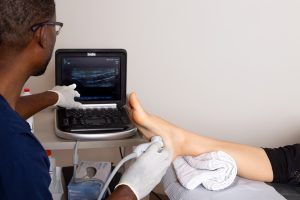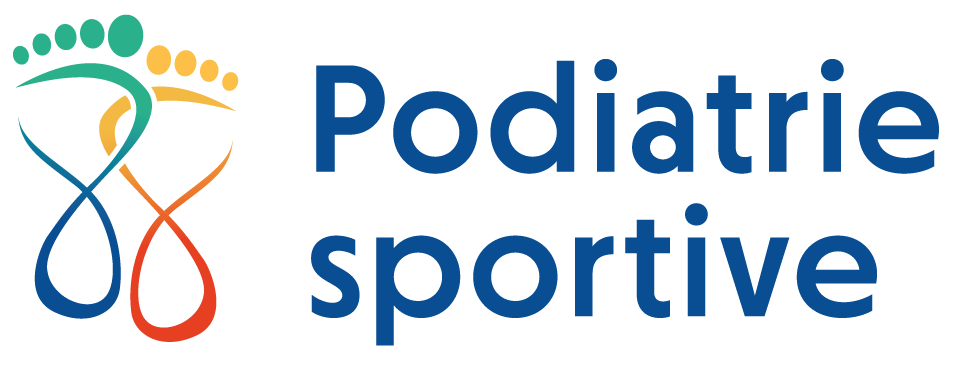
Ultrasound Imaging in Podiatry
What should you do if you feel that something abnormal is happening in your lower
legs when you walk or play your favourite sport? It’s simple, book an appointment
with your podiatrist in a foot clinic. He or she will then perform a general examination
that includes questions, palpations and muscle tests. If these tests do not reveal the
exact cause of your pain, you may be prescribed an ultrasound of the feet or ankles.
When we hear this word, we tend to associate it with motherhood, but the ultrasound
imaging technique is also frequently used by many health professionals, especially in
podiatry.
The Usefulness of a Foot Ultrasound
Its main function is to establish an accurate diagnosis, if it was not 100% confirmed
after a basic examination or following an unsuccessful response of the body to
previously recommended treatments. It can also be used to better understand the
pathologies that affect ligaments, tendons, muscles and other soft tissues. In
addition, it can help to understand how the internal structure of your limbs reacts to
certain movements. An ultrasound is the tool of choice for analyzing soft tissue and
the musculoskeletal system.
In more complex cases, it can be used to rule out different diagnoses, to identify a
foreign body, or to adequately monitor the progress of a recovery. Finally, an
ultrasound is very useful in guiding the podiatrist in real time during an injection, such
as cortisone or viscoelastic supplements.
While an x-ray may not detect all lesions and an MRI is more expensive, an
ultrasound is more accurate and affordable. As a general rule, it can detect the
causes of pain located in the front or back of the foot, toes and ankle, such as
neuromas, cysts, bursitis, tendonitis, tears and dislocations.
An Appointment with an Ultrasound Machine
With the advances in technology, the portable devices available in clinics are almost
as effective as those found in hospitals. An ultrasound machine consists of a small
hand-sized probe connected to a screen. This screen can either look like a computer
or be a tablet or cell phone. An ultrasound machine emits sound waves, which,
depending on their interaction with the tissue, allow it to be identified.
No preparation on your part is necessary before this examination. However, be sure
to wear clothing that will leave your skin bare and easily accessible at the ankle and
below. In the case of invasive procedures such as infiltrations, the podiatrist will first
disinfect the area to be explored, as well as the probe, before covering the latter with
a sterile sheath and applying a water-based conductive gel. Finally, he or she will
glide over the sore area of the foot to identify the tissue. Although this is a
non-invasive practice, the professional must always obtain your consent before
proceeding. However, there is nothing to fear: it’s quick, painless, radiation-free
(X-rays) and safe. An ultrasound is suitable for all ages, regardless of your physical
condition or implants.
An ultrasound may not change the treatment plan that was initially proposed to you,
but it will certainly help avoid false diagnoses and confirm that the chosen method
was the best option. Indeed, establishing a treatment plan based on a clear and
precise result saves time for both parties, allows the podiatrist to better assist you in
your recovery and helps build the trust necessary for any procedure.
